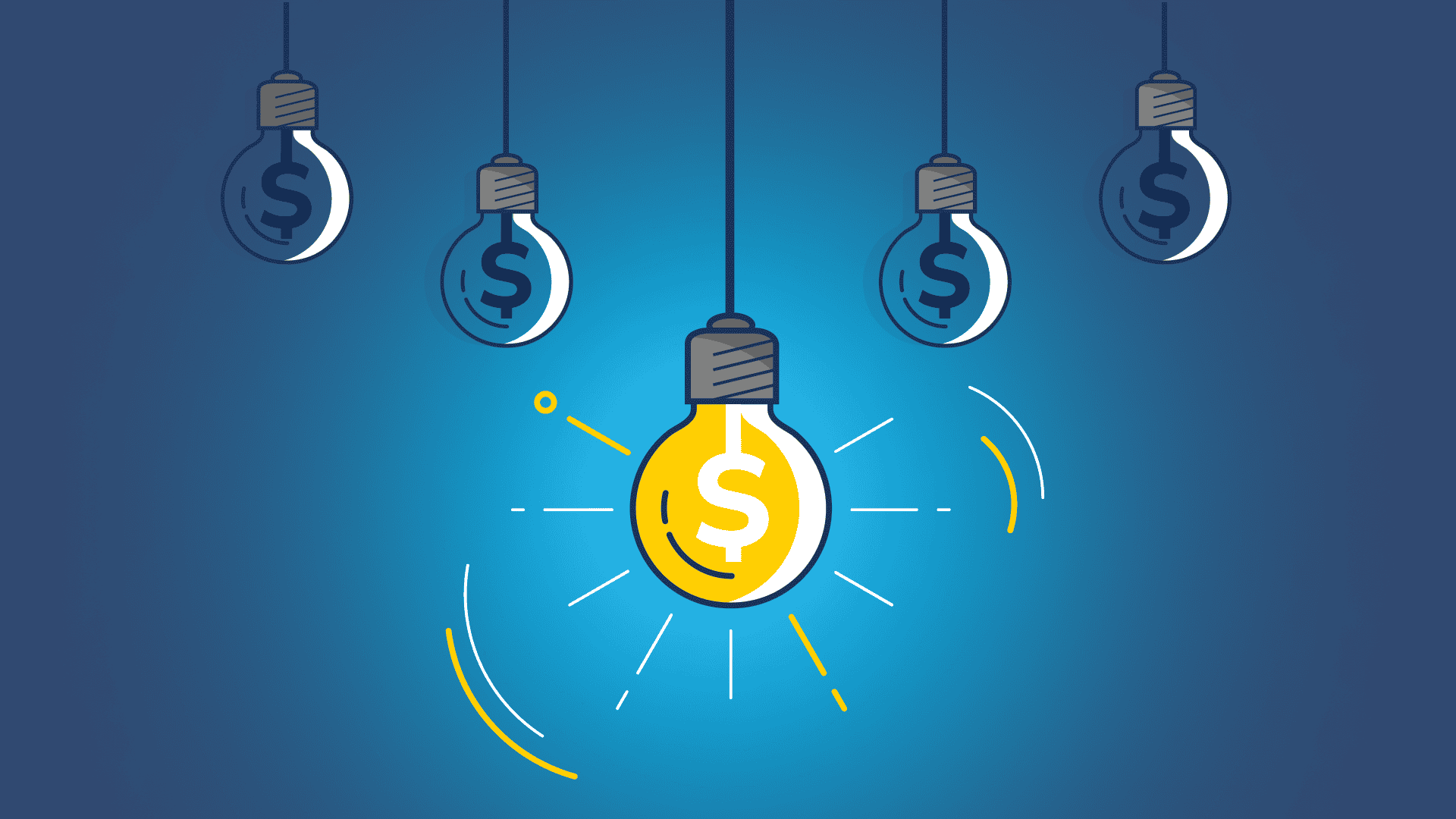Time to read : 3 Minutes
Last month, we released our biannual Bill Stress Index, where energy bills proved to be one of the biggest cost stressors across all households earning less than $200K (which, let’s face it, is most of us).
Back in November, we reported on the National Energy Bill Relief Plan. This scheme included energy bill rebates available to around 2.9 million households across Australia.
An Extra $500:
The rebate (as much as $500 towards your annual power bill) aims to mitigate the rising cost of energy bills around the country. We also covered the surprising statistic that only 60% of households eligible for energy cost rebates have actually taken up these benefits.
More information on accessing these energy discounts.
The scheme is still running in 2024 and has, in fact, been expanded.
Half a million more eligible households:
This year, NSW and SA governments have widened their eligibility criteria for energy bill relief payments. The goal is to make this cost of living assistance available to more households.
In New South Wales (NSW), you can now claim the rebate if you receive a:
Carer’s Allowance
Low Income Health Care Card
Department of Veterans’ Affairs (DVA) Gold Card.
Find out what other energy bill concessions are available in NSW.
Similarly, South Australia (SA) has extended their rebate to include:
Commonwealth Family Tax Benefit recipients
Carer Allowance recipients, and
Specific DVA cardholders.
Find out what other energy bill concessions are available in SA.
These expanded concessions now include an additional 55,000 NSW households, and another 420,000 households in SA. That’s nearly half a million more eligible households.
For those in NSW, the application process is available through the NSW government website. In SA, Services Australia is directly contacting newly eligible households, inviting you to apply for the rebate.
Eligible households who didn’t receive relief during the first quarter will have a higher rebate applied across their remaining bills to ensure they receive the full $500. Households that already receive state government rebates should have automatically received the payment without the need to re-apply.
What if I can’t get the rebate?
Whether you can access the energy bill rebate or not, there are still steps you can take to reduce the cost of your energy bills in 2024. Here are our top tips for comparing electricity plans.
1. Ensure a fair comparison by evaluating similar aspects across different plans, such as your:
daily supply charge
standing charge
usage charge, and
any discounts or promotions.
2. Take into account your energy usage patterns so you can find the most suitable energy plan, based on peak and off-peak charges.
3. Carefully read the fine print so you understand all the fees and charges associated with your plan. Avoid focusing solely on your headline price.
4. Consider switching to a cheaper plan. Talk to a Compare Club energy expert to find out more.
The Australian Competition and Consumer Commission (ACCC) encourages you to compare electricity plans, acknowledging the evolving landscape of the market:
“The simplest way to save money on your electricity bill is to call your energy company and ask if a better deal is available. There could be greater savings if you are willing to change energy companies.”*
The bottom line:
The National Energy Bill Relief Plan is expanding to include almost half a million more households than before.
The NSW scheme now includes those receiving a carer’s allowance.
The SA scheme now includes all those receiving family tax benefits.
The expansion is designed to assist Australian households to cope with one of our highest costs of living this year: our energy bills.
By knowing your own energy consumption patterns, you can find an energy plan that minimises your energy bills.
